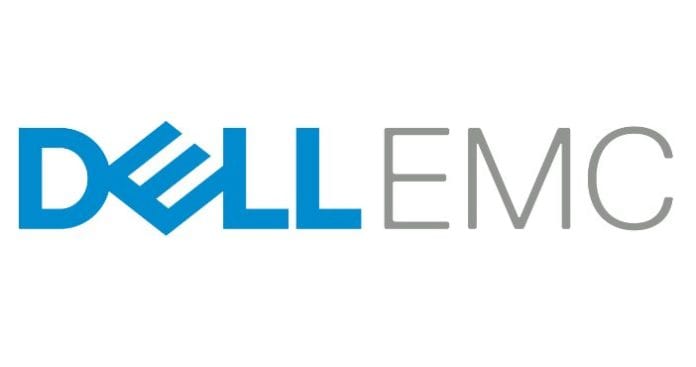Dell EMC and BT partner on PoC to use disaggregated switches to manage network traffic
Dell EMC and BT announced they are collaborating on a trial centered on how disaggregated switches can create flexible, open networks. The companies are tag teaming a proof-of-concept at BT Labs in Adastral Park, Suffolk, where they will explore how disaggregated switches can manage network traffic.
Network disaggregation refers to the decoupling of software from hardware. With today’s integrated networks, a single vendor supports switch hardware, the operating system (OS) and various tools on top of it. Each layer is dependent on the layer below it, making them impossible to replace with equipment from a different vendor. With disaggregated networks, silicon based switching systems can run a myriad of software packages, allowing consumers to purchase a server from nearly any manufacturer and load an OS of their choice.
BT will review how Dell EMC’s disaggregated switches compare to conventional integrated switching hardware. The companies will assess a number of potential uses cases during the trial as Dell EMC develops a network initiative to get the most out of the benefits attached to software-defined networking (SDN), network functions virtualization (NFV) and programmable silicon.
“This proof-of-concept trial with Dell EMC will enable us to evaluate the performance of disaggregated switches against traditional integrated network switches, and make informed decisions about the role this kind of solution will play in the dynamic network services of the future,” said Neil J. McRae, chief architect for BT, in a press statement. “We’re determined to ensure that BT’s network continues to be world-class and able to deliver the services our customers need, when and how they need them. Agility and programmability, maximizing the benefits of SDN, are therefore key to our future network evolution.”
NFV and SDN are two synergistic technologies spearheading the shift toward virtualization in the telecom industry. NFV runs various network tasks on virtual machines instead of proprietary hardware, and SDN separates the network control plane from the forwarding plane. The devices equip service providers with a flexible, automated network.
Dell’s platform may be able to provide additional use cases like bandwidth calendaring, in which network bandwidth can be added, deleted or modified. The key benefits of disaggregated switch platform are lower costs, the ability to run other software on the switch and decreased vendor lock-in. However, some analysts think the advantages of a disaggregated switch platform are exaggerated given price reduction is a major force driving the concept.
Dell isn’t the only company to embrace disaggregated switches either. AT&T, Pica8 and Ciena have jumped on board the disaggregation bandwagon. They offer commodity switching and NFV for customer premises equipment (CPE).

